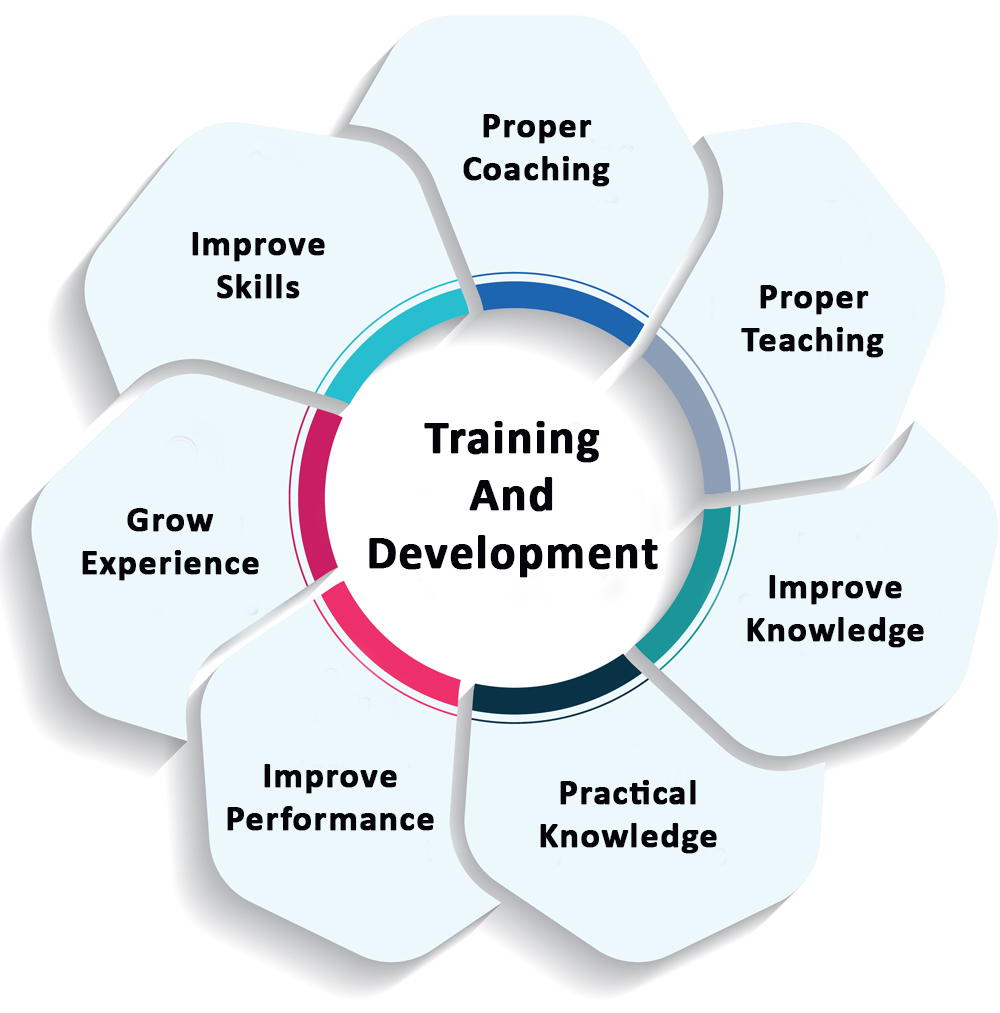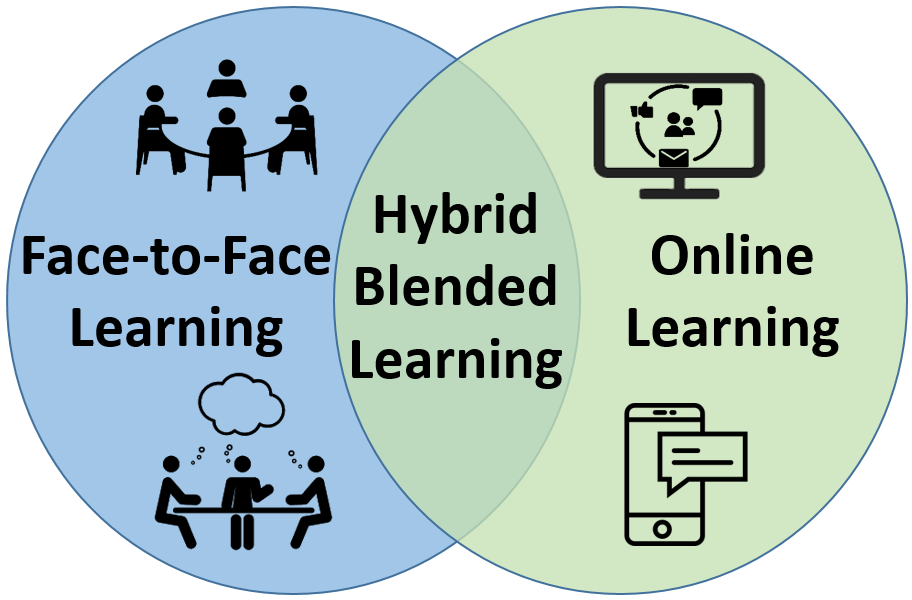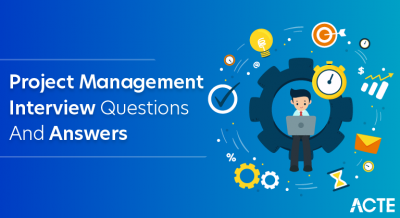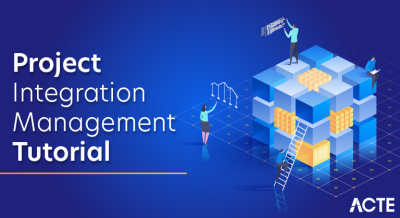
- Introduction
- The Significance of Training and Development
- On-the-Job Training (OJT) Methods
- Off-the-Job Training Methods
- Advanced Employee Development Techniques
- Hybrid and Blended Learning Models
- Technological Integration in Training
- Measuring Training Effectiveness
- Overcoming Barriers to Training and Development
- Conclusion
Introduction
As modern organizations strive to remain agile and competitive, investing in human capital has become more essential than ever. A skilled and adaptable workforce can be the most powerful asset a company possesses. Training and development strategies not only address current operational needs but also pave the way for future growth. This blog explores the multifaceted world of training methods and employee development techniques that empower teams and elevate business outcomes Placement and Softskills Training . Employee training and development play a crucial role in enhancing workforce performance, productivity, and overall organizational success. As businesses evolve, adopting the right training methods becomes essential to meet changing industry demands and skill requirements. Various training techniques from on-the-job learning and workshops to e-learning, mentoring, and simulation-based training cater to different learning styles and objectives. Effective employee development goes beyond skill enhancement; it fosters motivation, engagement, and long-term career growth.
The Significance of Training and Development
Training focuses on improving specific skills and knowledge for a current job role, while development is aimed at long-term career growth. Together, they provide:
- Enhanced operational efficiency
- Increased employee motivation and engagement
- Better talent retention
- Faster adaptation to industry and technological changes

An organization that prioritizes learning and development fosters innovation, reduces errors, and cultivates leadership from within. Such organizations often lead their industries in customer satisfaction, employee satisfaction, and profitability.
To Explore Soft Skill in Depth, Check Out Our Comprehensive Soft Skill Certification Training To Gain Insights From Our Experts!
On-the-Job Training (OJT) Methods
OJT enables employees to learn in real-time while performing their duties. It is particularly effective because it contextualizes learning within the employee’s work environment.
- Job Rotation: This method involves rotating employees through different departments or job functions. It encourages cross-functional knowledge, enhances collaboration, and nurtures well-rounded future leaders.
- Coaching: Coaching is usually task-focused and short-term. A supervisor or subject matter expert offers guidance on specific tasks, helping the employee improve performance incrementally and build confidence.
- Mentoring: Mentoring is more long-term and development-oriented. It typically involves a senior employee guiding a junior over an extended period, providing career advice, encouragement, and emotional support.
- Apprenticeship: An apprenticeship is a structured program combining theoretical education and hands-on practice. Often spanning months or years, apprenticeships are essential for professions that require licensing or certification, like electricians or healthcare technicians.
- Classroom Training: This traditional method includes lectures, discussions, and group exercises. It is especially effective for standardizing knowledge across large groups, such as orientation or compliance training.
- Simulations: Simulations replicate real-life job conditions. They are invaluable for industries like aviation, medicine, and manufacturing where practice in a risk-free setting leads to better preparedness.
- E-learning: Web-based training allows flexibility and self-paced learning. It can be enriched with videos, quizzes, forums, and interactive media. E-learning is scalable and ideal for companies with global teams.
- Role-playing: Role-playing helps employees practice interpersonal and soft skills. Whether handling customer complaints or conducting performance reviews, role-playing fosters empathy and builds communication proficiency.
- Performance Appraisal: A structured evaluation process where employees receive feedback on their work. When handled well, appraisals identify strengths and improvement areas, guiding future training plans.
- Career Planning: Aligning individual aspirations with organizational goals, career planning helps employees visualize their growth path, set milestones, and stay motivated to achieve their ambitions.
- Succession Planning: This involves preparing high-potential employees for key leadership roles. It includes identifying potential successors and grooming them through specialized training and job assignments.
- Job Enrichment: Enriching a job by adding more meaningful tasks or giving employees more control increases engagement and satisfaction. It empowers employees to take initiative and fosters ownership of their work.
- Learning Management Systems (LMS): Centralized platforms to deliver content, assign courses, and track progress.
- Virtual Reality (VR): Offers immersive environments for high-stakes training, like safety drills or surgical simulations.
- Augmented Reality (AR): Enhances physical environments with digital overlays, helpful in technical training.
- Mobile Learning Apps: Enable bite-sized learning accessible anytime, supporting just-in-time training.
- Gamification: Introduces elements like rewards, leaderboards, and challenges, making learning fun and engaging.
Are You Interested in Learning More About Soft Skill ? Sign Up For Our Soft Skill Certification Training Today!
Off-the-Job Training Methods
These techniques Off-the-Job Training occur away from the workplace and provide a distraction-free environment for concentrated learning.
Advanced Employee Development Techniques
Going beyond basic training, these strategies focus on comprehensive professional growth.
Hybrid and Blended Learning Model
Hybrid and Blended Learning Models combine traditional classroom instruction with online learning to create a flexible and engaging educational experience. These models allow learners to benefit from face-to-face interaction while accessing digital resources and self-paced activities. Hybrid learning integrates both environments simultaneously, whereas blended learning strategically mixes online and offline components.

This approach enhances accessibility, accommodates diverse learning styles, and promotes collaboration through technology-driven tools. Organizations and educational institutions adopt these models to improve learner engagement, reduce training costs, and ensure continuity in learning. By merging the best of both worlds, hybrid and blended learning foster efficiency and deeper understanding.
Are You Considering Pursuing a Master’s Degree in Soft Skill? Enroll in the Soft Skill Masters Program Training Course Today!
Technological Integration in Training
Technology has redefined how training is delivered and tracked. Key innovations include:
Technology makes learning personalized and data-driven, allowing continuous refinement of training strategies.
Measuring Training Effectiveness
Measuring training effectiveness is essential to determine how well a training program meets its objectives and contributes to employee performance and organizational growth. It involves assessing participants’ learning outcomes, behavioral changes, and the overall impact on productivity and business results. Common evaluation methods include feedback surveys, pre- and post-training assessments, on-the-job performance analysis, and the Kirkpatrick Model, which measures reaction, learning, behavior, and results. By analyzing these metrics, organizations can identify skill gaps, refine training content, and ensure a better return on investment. Effective measurement transforms training from a routine activity into a strategic tool for continuous improvement.
Are You Preparing for Soft Skill Jobs? Check Out ACTE’s Soft Skill Interview Questions & Answer to Boost Your Preparation!
Overcoming Barriers to Training and Development
Organizations often face barriers that hinder effective training and employee development, such as limited budgets, time constraints, resistance to change, and lack of management support. Overcoming these challenges requires strategic planning, clear communication, and the use of innovative training methods. Leveraging technology, such as e-learning platforms and virtual classrooms, can address time and accessibility issues. Encouraging a culture of continuous learning, providing incentives, and involving leadership in the development process helps reduce resistance and ensures engagement. By identifying obstacles early and implementing targeted solutions, organizations can maximize the impact of training programs and foster sustainable employee growth.
Conclusion
Training and employee development are not one-time events but ongoing commitments. Organizations that integrate varied training methods and development strategies into their culture create a workforce that is capable, adaptable, and highly engaged. As the nature of work continues to evolve, businesses must remain agile in their learning practices embracing innovation, Softskills Training measuring effectiveness, and overcoming challenges. Whether you’re a startup looking to build foundational skills or a large enterprise preparing future leaders, investing in people is the surest path to sustainable success. Building a .





